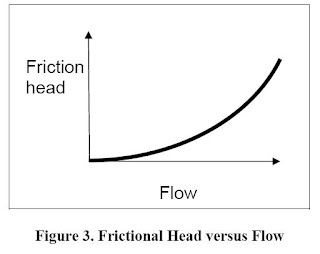A centrifugal pump is a relatively simple pump. Design, types and
Typical main pump parts:
Casing/backplate:
- Contains impeller where fluid is transferred from inlet to outlet.
- Includes inlet and outlet ports.
- Typically flexible port orientation.
- Typically fitted to an adapter
Shaft:
- Rotates impeller which is fixed to it.
- Is fixed to the motor and rotates with it.
Impeller:
- Transfers fluid from inlet to outlet with increased capacity and pressure
- Is fixed on the shaft and rotates with it.
- Typical types are open, semi-open or closed.
Shaft seal:
- Seals between rotating shaft and stationary casing.
- Typically a mechanical seal, external or internal.
- Typically available as single, single flushed and double flushed seal.
Adapter:
- Fixes pump casing to the motor.
Motor:
- Rotates shaft (impeller) which is fixed to it.
- Typically a 3-phase electrical motor.
- Typically available for various electrical site supplies (voltage and frequency).
- Typically available in various protection classes (flameproof etc.).
Other parts:
- Seals, motor cover, seal flushing, coupling/base (base-mounted pump).
Typical materials:
- Steel parts of 316L or 304 stainless steel.
- Elastomers of NBR, EPDM, FPM, PTFE.







